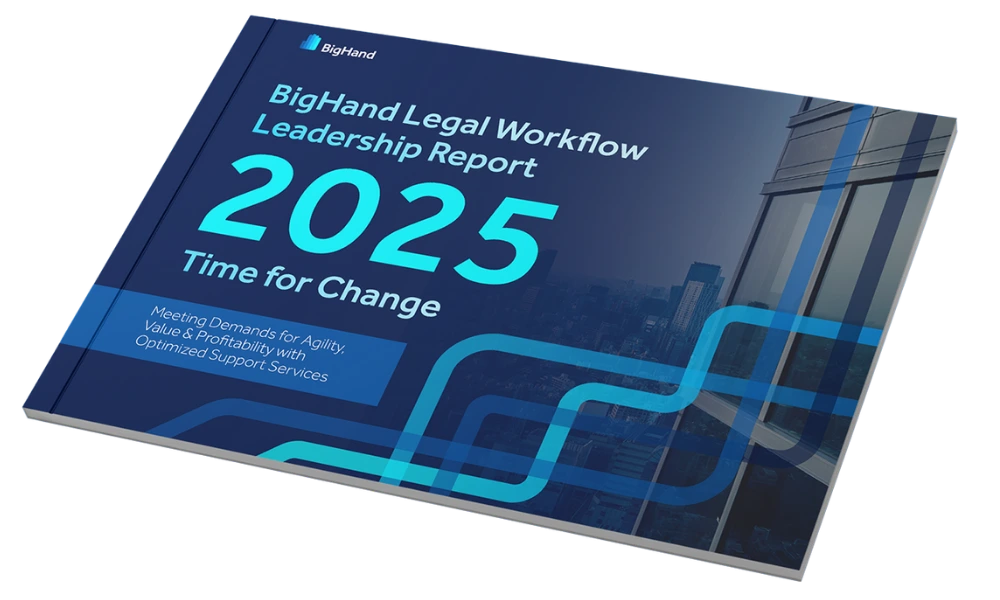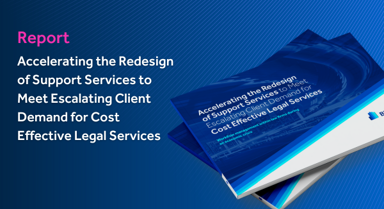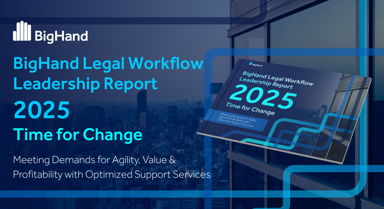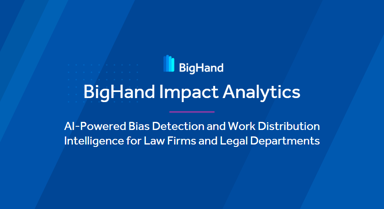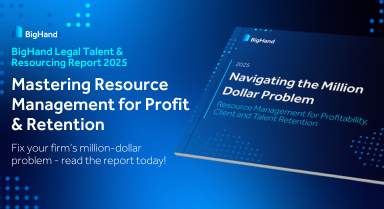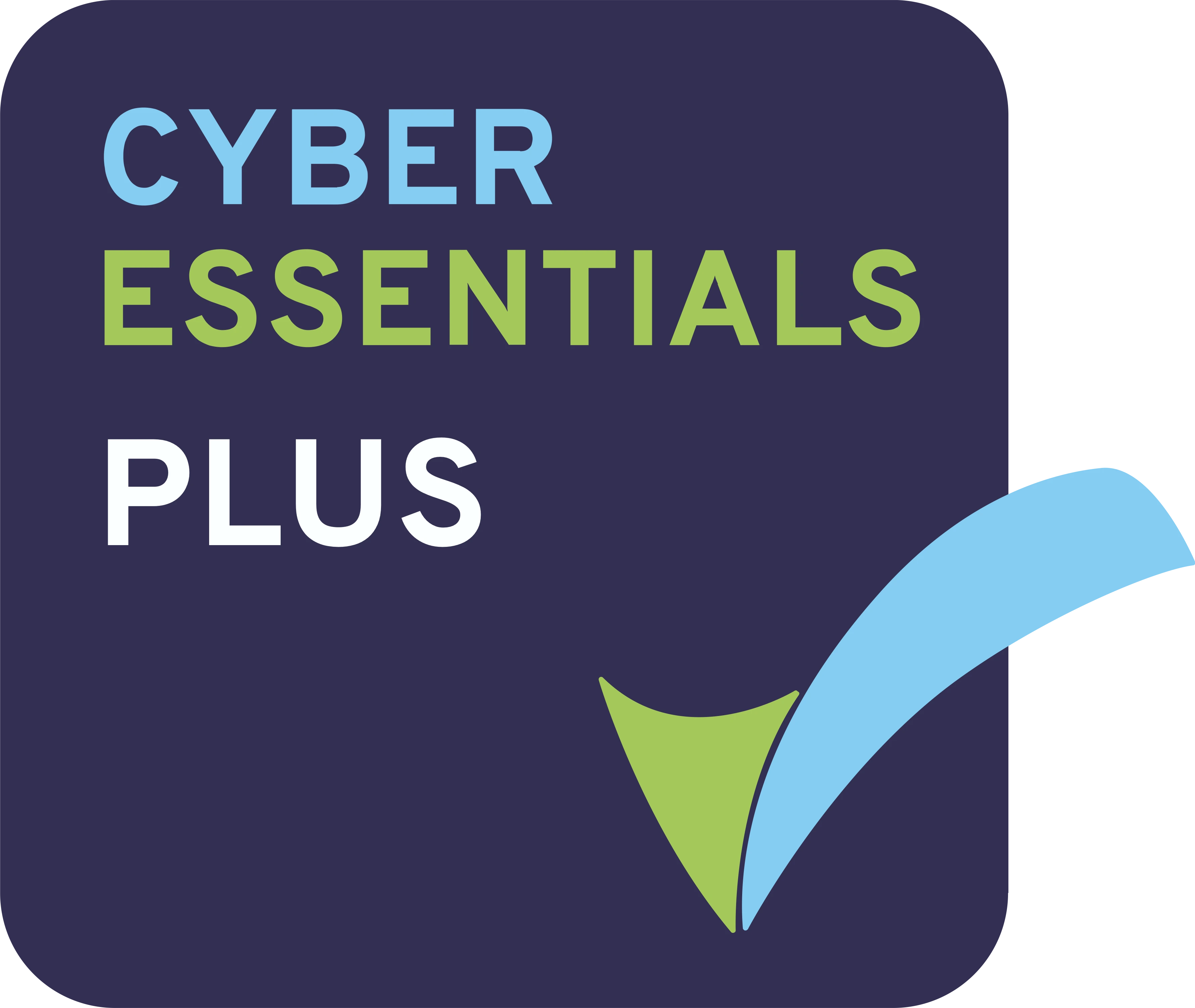What statistics stood out to you and why?
If we think about where we need to go in the next five years, there's a lot that we can be doing. Without that data, firms are flying blind. They can't track volumes, turnaround times or utilization, and this really limits the ability to enable hybrid working models, building new support structures and ensuring there's even workload distribution. It also makes it really hard to spot inefficiencies, gaps or training needs.
I want to make a bold statement here: What gets measured gets managed. So, if you can't measure it. You really can't manage it. You really don't know what's driving performance. It's kind of that finger in the air approach that I used to take when I was at my firm, kind of walking the floors before I had workflow tech. There's really a missed opportunity here. Tech is going to help surface insights that firms need to optimize their operations.
How can legal practices proactively mitigate the risks associated with high staff attrition due to retirements?
I love talking about the retirement ticking time bomb. It takes me back to five years ago when we highlighted this as a risk. So, if we've considered how much retirement has taken place in the last five years and how much more will now take place in the next five years. There's a huge risk here. If there aren't succession plans in place. You really need to identify high impact roles and plan ahead. That is critical. You want to make sure you're investing in mentoring, cross training and knowledge documentation. When those people leave their knowledge leaves. So, we need to have a plan to make sure that we keep that knowledge in the firm.
Another stat I want to point out here is that only 33% of firms have cross training plans. So, there's a lot of room for improvement here. How do we rethink these types of roles? When people leave, we really shouldn't be trying to replace them like for like. Number one, it's going to be extremely difficult to find anyone, unless they come from another firm. We really need to be thinking about bringing in a different type of role and then creating a career path within the firm for those individuals. Also, really rethinking centralized support teams to allow better sharing of expertise and workload. If you get a group of people to learn some of the knowledge that those individuals that will retire have, you're going to make sure that stays within the firm, and the more people that know how to do something, the better service you'll be able to provide to the lawyers.
Having Workflow Technology really can help you identify your key contributors. So, when they leave, what were they doing? How are you going to replace them, either with existing staff or bringing in somebody from the outside? So, making sure you have data to help you make those decisions is critical.
What changes would you suggest to prevent lawyers from being bogged down with administrative tasks, thereby enhancing both financial performance and client satisfaction?
There are definitely various things that I would suggest. Lawyers’ time should really be spent on billable, high value, not admin tasks. Those admin tasks, when they do those, they reduce profitability and really that client value perception. If a client is seeing some sort of admin work on their bill, they're definitely going to want that written off. So, you want to make sure that that's done by the most cost-effective resource.
It also will impact the work life balance of those lawyers as well. Clients certainly don't want to pay for partners to do admin or even associates. We need to make sure that we've got structured delegation systems, not ad hoc requests. When you have ad hoc requests, it makes it really difficult to understand who's busy and who isn't.
When you have a way to understand who's available, you'll be able to make sure that the work gets done most efficiently, which is the most profitable way. It's making sure that the work is getting to the right person based on their skills and availability, and it's going to free up lawyer capacity, improving client service and really boosting those margins, which is critical in today's market.
How can firms improve visibility and oversight of support staff to enhance resource allocation and workload distribution?
This stat still really surprises me, because I know how many firms have task delegation systems. I think there's still a lot more work to be done around adoption and making sure that we're using the system across the firm to really get the full output and to optimize the use of these types of systems.
Manual delegation, even if you have a system, should be going through the system. If you don't, either way, it causes inefficiencies and poor oversight. Again, like I said earlier, if you can't see it, you can't manage it, and centralized systems like our workflow tool offer that transparency that's critical in understanding who is doing what, what task types, how many tasks, turnaround times, which impact client service and profitability as well as workload balance.
You want to make sure that you don't have one person sitting idle and one person completely overwhelmed. You can monitor that in a in a workflow system. This is going to enable better resourcing, give you the data that you need to make better hiring decisions and plan for hybrid working. You can attract the best talent when you offer hybrid working. The workforce is now very used to having hybrid and so your best that you're going to attract are going to want that when you have better resourcing that will lead to fair distribution, reduced burnout and smarter restructuring. So, restructuring based on data, instead of basing it on the structure that we think or that we want, and workflow tech really helps support consistent, data driven decisions.
How can legal practices balance cost reduction with maintaining high standards of service while investing in technology for improved profitability?
Number one here, I would say, focus on smart, not excessive, investment. Optimize before automating. Many firms layer tech on outdated processes, and that really doesn't yield an ROI. So anytime I'm talking with a firm, and they want to stick their existing process into one of our tools, it's all about asking - is that the best way? Let's talk about how the tool can actually optimize the process that you have today.
So, there's always an opportunity to improve a process, specifically when you introduce technology, and you really want to make sure that you're aligning people process and tech for long term efficiency. Those three things are critical in ensuring that a new piece of technology will be successful. Tech also enables firms to do more with less, so again, improving both cost and quality.
First statement would really be that over a third of firms risk falling behind as others focus on modernizing and optimizing and without tech, you've again got no visibility into capacity, delegation or productivity. Lawyers are going to keep doing their own admin, which hurts profitability and morale, so they may end up leaving. And the cost of replacing a lawyer is extremely expensive.
Decisions are made with limited insight, and again, that leads to inefficiency. With workflow tools, you gain increased lawyer productivity and support utilization, better task tracking, planning and hybrid work strategies. It's not just about the tech. It's really about future proofing the firm's operations to make sure that you're going to be the most successful in the future.
